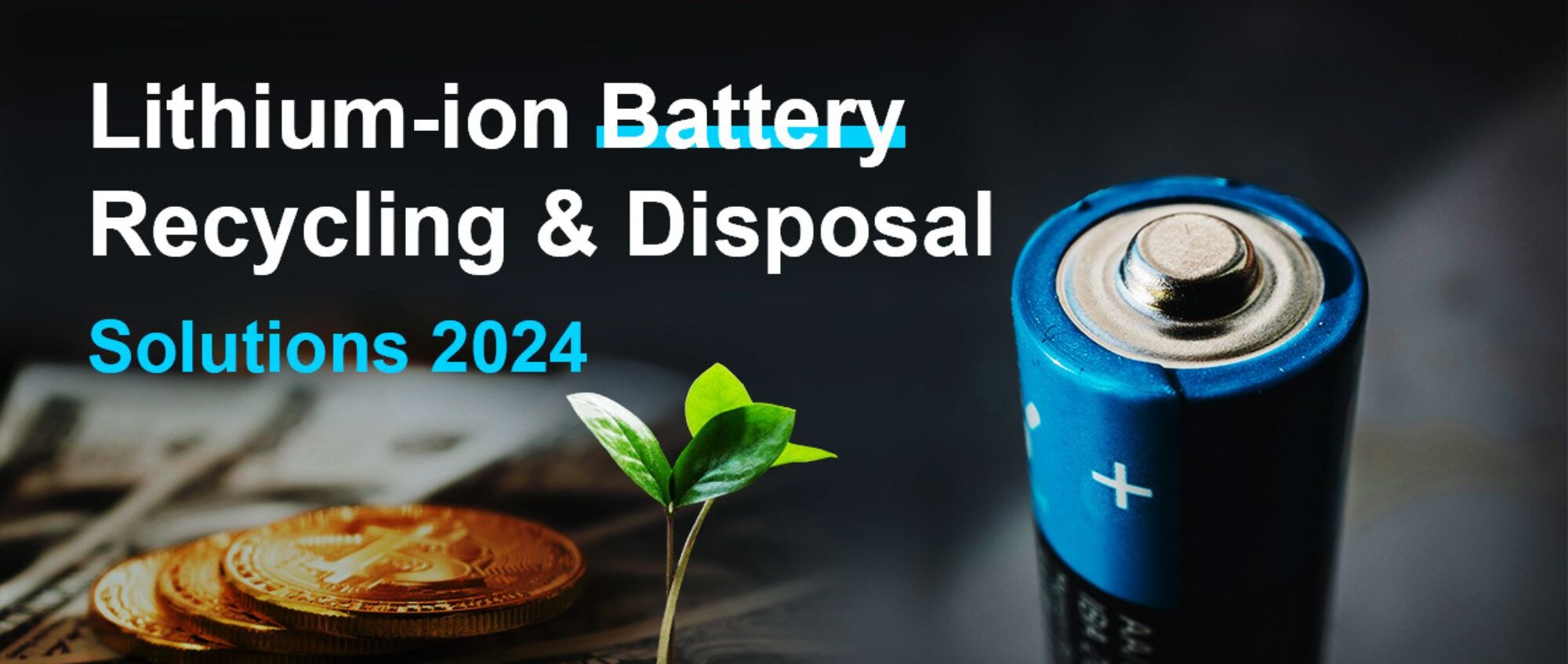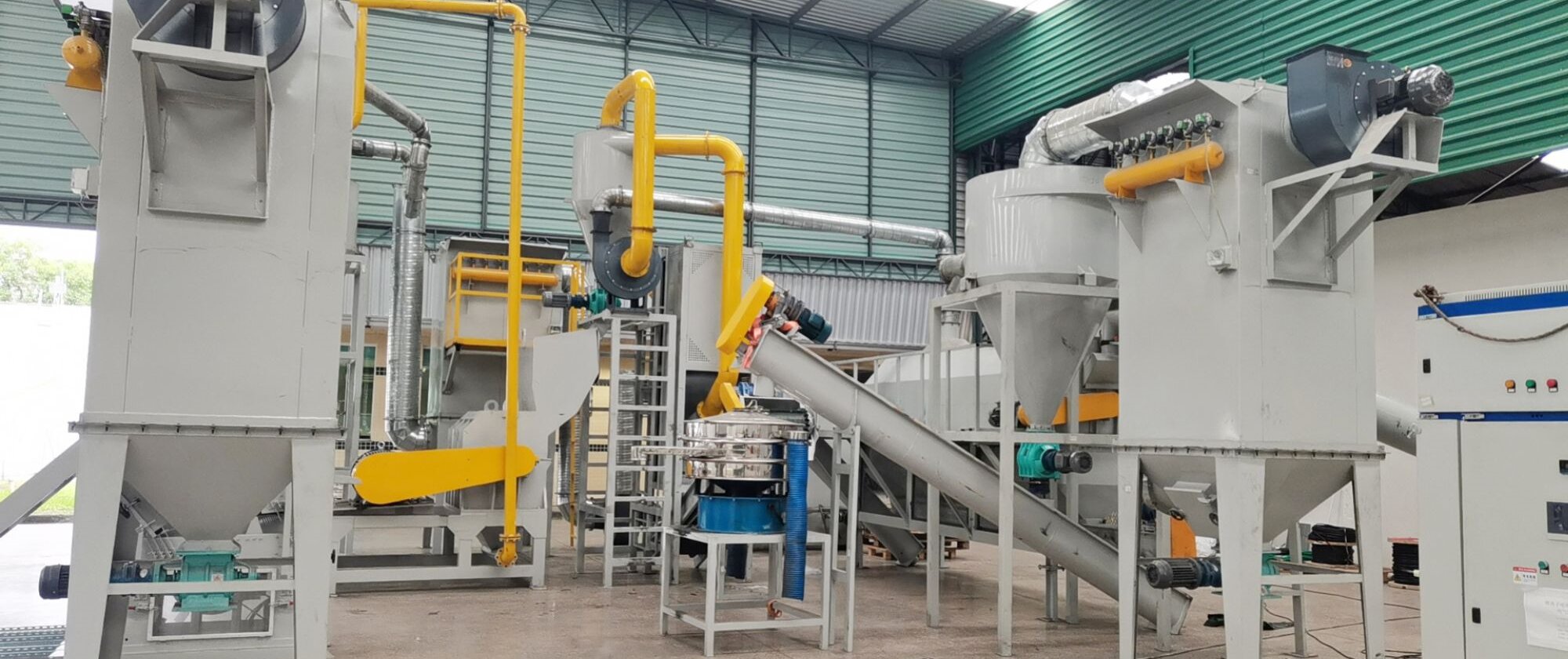Online WhatsApp:
+86-19903886476Online WhatsApp:
+86-19903886476Lithium-ion batteries have become ubiquitous in modern life, powering everything from smartphones and laptops to electric vehicles and grid-scale energy storage systems. However, like all batteries, lithium-ion batteries have a limited lifespan and will eventually need to be replaced. This brings up the problem of recycling. How to recycle lithium batteries? In this article, we will discuss what lithium-ion batteries are and their recycling process.
Lithium-ion batteries are rechargeable batteries that use lithium ions as the main active material. These batteries have higher energy density than other types of batteries, such as lead-acid or nickel-metal hydride, and offer several advantages. Lithium-ion batteries consist of an anode, cathode, separator and electrolyte. The anode is usually made of graphite, the cathode is made of metal oxide, and the separator is a polymer film that prevents the electrodes from touching each other. An electrolyte is a liquid or gel that allows ions to move between electrodes.

Lithium-ion batteries can be recycled to recover valuable materials and reduce the environmental impact of disposal. The first step in recycling lithium-ion batteries is collection. Lithium-ion batteries can be harvested from a variety of sources, including consumer electronics, electric vehicles and energy storage systems. Collection can be done through municipal recycling schemes, waste collection points or mail-in schemes. Lithium-ion batteries must be handled carefully during collection to prevent damage or short circuits. Mechanical crushing is a process that involves the use of crushers and grinders to break batteries into small pieces. The resulting material is then separated into different fractions using sieves and magnetic separators. This process is typically used in batteries containing high proportions of valuable metals such as cobalt, nickel and copper. In addition to these metals, there is also Battery Carbon Black. Battery Carbon Black is a blend of ingredients such as lithium, cobalt, nickel, manganese, copper and aluminum. It also contains graphite and other non-metallic elements such as plastics, electrolytes and adhesives. Battery Carbon Black is typically a fine black powder that requires further processing to separate and recover the valuable metal.

Through the above processes and methods, lithium battery recycling can not only effectively reduce environmental pollution, but also realize the reuse of resources and make a positive contribution to sustainable development. Suny Group will continue to uphold the concept of green environmental protection, continue to innovate, and inject new impetus into the global environmental protection cause.Our team warmly welcomes customers from all over the world to contact us. We will provide you with customized solutions to meet your needs with a professional attitude and rich experience.
Inquiry Form